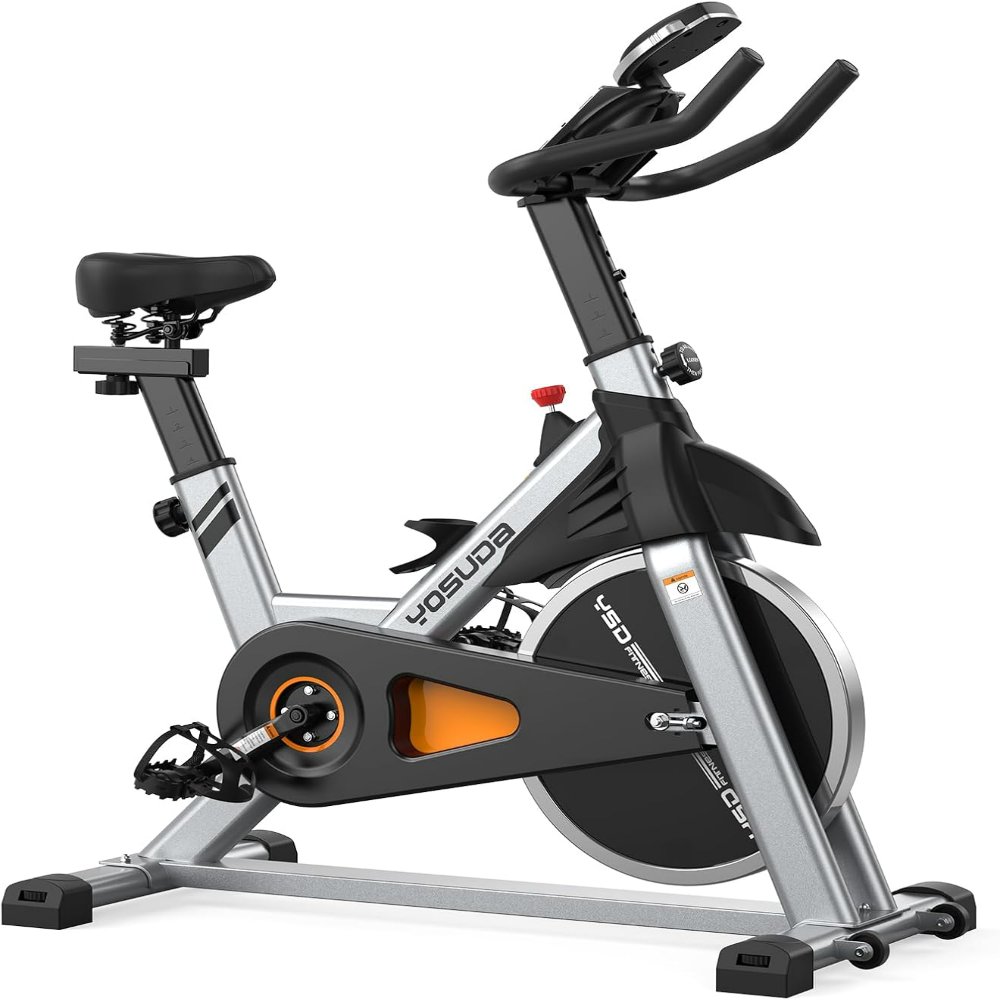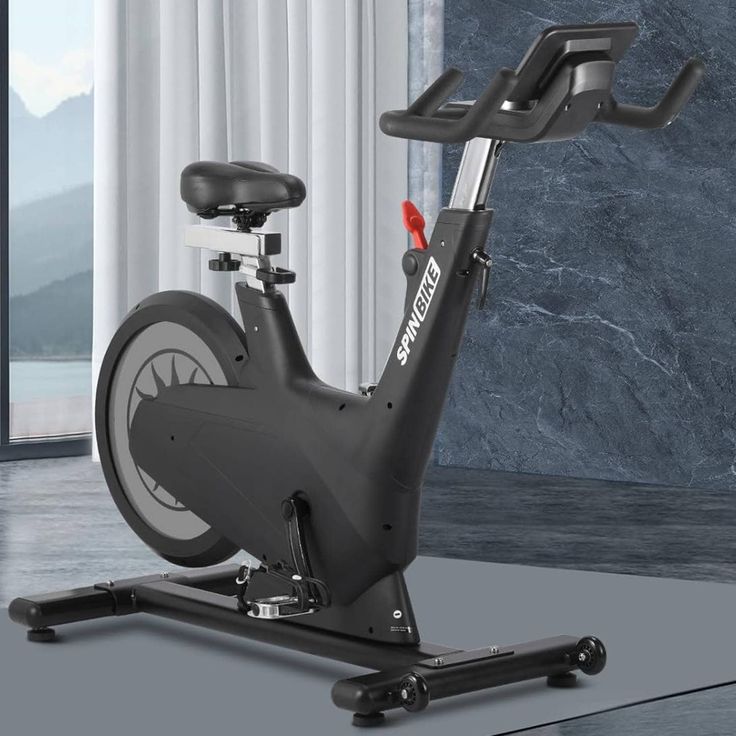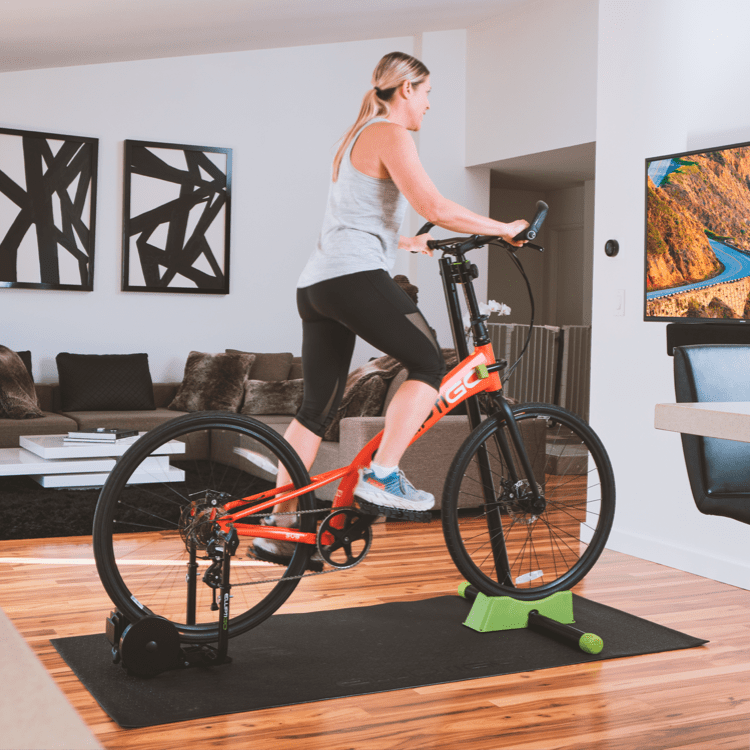The Benefits of Cycling for Weight Loss
Cycling stands out as a highly efficient activity for burning calories and improving overall health. It is a low-impact exercise, making it gentle on the joints, yet effective for weight loss. Riding a bike engages the whole body, though mostly the legs, and can help increase your metabolism. This metabolic boost means you will continue to burn calories even after you’ve finished cycling.
Additionally, regular cycling can improve your cardiovascular fitness. As you pedal, your heart rate increases, which helps strengthen the heart and lungs, and can lead to a reduction in body fat over time. With consistent effort, integrating cycling into your routine can lead to gradual and sustainable weight loss.
Cycling is also versatile, fitting perfectly into various lifestyles. Whether you prefer long rides through nature or quick sessions on a stationary bike at home, cycling can adapt to your personal preference. This adaptability makes it an enjoyable form of exercise, encouraging consistency and long-term commitment which is essential for shedding weight.
Moreover, cycling can be a social activity if you join a cycling group or ride with friends, which can boost your morale and help you stick with your weight-loss goals. As a bonus, it’s environmentally friendly, especially if you use your bike for commuting. This way, you’re not just working towards a flatter stomach, but also contributing to a greener planet.
In the context of burning belly fat, cycling can support a caloric deficit. By burning more calories than you consume, you encourage your body to use stored fat for energy, which often includes the stubborn fat around the stomach area. And although no exercise can target fat loss in a specific area—known as spot reduction—cycling can help reduce overall body fat percentage, which includes belly fat.
Remember, the key to effective weight loss through cycling is consistency and variety in your routine. Incorporate different cycling workouts and intensities to keep your body challenged and your mind engaged. Combine cycling with proper nutrition for optimal results, as no amount of exercise can outpace a poor diet.
So if your goal is shedding unwanted pounds, particularly around the belly, buy into the idea of cycling for weight loss. It’s an enjoyable, effective, and practical way to hit those fitness targets. And as you pedal your way through, you’ll discover that cycling does more than just burn belly fat—it enhances your overall sense of well-being.

How Cycling Targets Belly Fat
While cycling, your body burns calories, which is crucial for fat loss. The more intense your ride, the more calories you shed. This calorie burning helps create a caloric deficit, where you use more energy than you consume. Such a deficit is necessary for fat loss, including the reduction of belly fat.
Since cycling is an aerobic exercise, it specifically increases your heart rate and metabolism. When these rise, your body turns to fat stores for energy, often drawing from visceral fat. Visceral fat is the deep-lying fat around your organs, and reducing it can significantly flatten your stomach.
Cycling also builds muscle, particularly in the lower body. As you strengthen your legs, you increase lean muscle mass, which boosts your resting metabolic rate. More muscle means your body burns more calories even when you’re not exercising, further aiding in reducing fat all over, including your midsection.
However, cycling alone may not give you a flat stomach. It works best when combined with a healthy diet. The right nutrition ensures you’re not negating your hard work on the bike by consuming too many calories. A balanced diet supports the energy needs of your workouts while still maintaining that important calorie deficit.
Remember, while cycling can help reduce overall body fat, it doesn’t directly target belly fat. No exercise can. Yet, as your body fat percentage drops, belly fat typically goes along with it. So, with regular cycling, you can indeed work towards achieving a flatter stomach.
Essential Gear and Setup for Effective Cycling
To maximize the benefits of cycling for weight loss, the right gear and setup are crucial. Start with a quality bicycle suited to your body and the type of cycling you’ll do. Comfort and efficiency are key to sticking with your routine. Here’s a breakdown of essential cycling gear:
- Bicycle: Choose a bike that fits your height and comfort level. Road bikes are great for speed and long distances, whereas mountain bikes are suitable for rough terrains.
- Helmet: Safety first. A snug-fitting helmet can save your life and is non-negotiable.
- Padded Shorts: Invest in a good pair of padded shorts for added comfort during long rides.
- Cycling Shoes: Specific shoes can enhance your pedaling efficiency. Look for ones that complement your pedal system.
- Water Bottle and Holder: Staying hydrated is key, so ensure you have a water bottle and easy-to-reach holder attached to your bike.
- Repair Kit: Flat tires are a reality. Carry a basic repair kit with spare tubes, patch kits, and tire levers.
Proper bike setup can’t be overlooked if you want to reduce belly fat effectively through cycling. Ensure your bike seat is at the right height to avoid strain and maximize pedal power. Your handlebars should be positioned to encourage an aerodynamic posture without causing discomfort. Regular maintenance of your bicycle, including checking the tire pressure and brakes, will ensure a safe and smooth ride. If you’re new to cycling, consider visiting a local bike shop for a professional fitting.
When your gear and setup are optimized, your cycling sessions become more about shedding belly fat and less about adjusting uncomfortable gear. Each ride will feel better, and you’re more likely to push yourself further, burning even more calories.

Structuring Your Cycling Routine
To effectively burn belly fat with cycling, a well-structured routine is key. Here are simple strategies:
- Set Clear Goals: Determine how much time you can dedicate to cycling each week. Aim for consistency.
- Plan Workouts: Alternate between long steady rides and high-intensity interval training (HIIT) to maximize fat loss.
- Track Your Rides: Use a cycling app or a journal to record your rides and monitor progress.
- Rest Days: Incorporate rest or low-intensity activity days to allow for recovery and avoid burnout.
- Strength Training: Include exercises to build core strength, which can improve cycling performance.
Start with manageable distances and gradually increase intensity and duration. Remember, the goal is to maintain a calorie deficit. Short, intense sessions can quickly burn calories, while longer, moderate-paced rides can sustain calorie burn over time. Both are effective for reducing belly fat as part of your overall fitness strategy.
A mix of indoor and outdoor cycling can keep things interesting, ensuring you stay motivated and avoid plateauing. When the weather is bad or you’re short on time, indoor cycling sessions are convenient. On sunny days, outdoor rides can be exhilarating and mentally refreshing.
Above all, pay attention to how your body feels. Intensity should be challenging but not overwhelming. Gradually, as your fitness improves, increase the challenge to continuously stimulate fat loss. Cycling can be a joyous activity that not only does bicycle burn belly fat but also boosts your mood and energy levels.
Indoor vs Outdoor Cycling for Fat Loss
When it comes to burning belly fat, choosing between indoor and outdoor cycling can make a difference in your fitness strategy. Both environments offer unique benefits that can aid in fat loss, but understanding their specific advantages will help you tailor your cycling routine for optimal results.
Outdoor Cycling Benefits:
- Scenic and Varied Routes: Outdoor routes provide variety and challenge, keeping your mind engaged and your body adapting to new terrains. This helps prevent workout boredom and plateau.
- Natural Resistance: Elements like wind and varying elevations add natural resistance, which can increase your calorie burn without needing to adjust equipment settings.
- Mental Health Boost: Being outdoors is known to reduce stress and boost mood, which are vital for sustaining a regular exercise routine.
Indoor Cycling Benefits:
- Controlled Environment: Indoor cycling allows you to control workout conditions. This control can lead to more consistent performance and tracking of progression.
- Convenience: Bad weather? No problem. Indoor cycling is not affected by external conditions, making it a reliable option for daily workouts.
- Specific Training Sessions: High-intensity interval training (HIIT) and other structured workouts are easier to achieve on a stationary bike, which can significantly contribute to fat loss.
In conclusion, whether you opt for the dynamic scenery of outdoor cycling or the consistent conditions of indoor training, both settings play an effective role in burning belly fat. Mixing up both indoor and outdoor cycling can keep your workouts fresh and engaging, further promoting fat loss and overall fitness.

Nutrition Tips to Complement Your Cycling Regimen
A balanced diet is vital for maximizing the impact of your cycling on belly fat. To fuel your rides and speed up fat loss, here are essential nutrition tips:
- Monitor Calorie Intake: Eating fewer calories than you burn is crucial. Track what you eat.
- Eat Whole Foods: Choose fruits, vegetables, lean proteins, and whole grains. Avoid processed snacks.
- Stay Hydrated: Water helps with metabolism and feeling full. Avoid sugary drinks.
- Balance Macronutrients: Your body needs carbs, protein, and fats. Find the right mix for your body.
- Pre-ride Meals: Eat a light meal rich in carbs and protein before cycling. It provides energy.
- Recovery Foods: After cycling, eat proteins and carbs to repair muscles and replenish energy stores.
Stick to these tips to support your cycling regimen and help your body burn belly fat more efficiently. Remember, consistency in both your diet and exercise is the key to seeing results.
Measuring Progress and Maintaining Motivation
Tracking your progress is key to staying motivated in your cycling journey to reduce belly fat. Without visible results, it’s easy to become discouraged. To ensure you’re on the right path, measure your progress in a way that makes sense to you. There’s more than one method — some focus on numbers, while others look at overall well-being.
Here are some effective ways to gauge your progress:
- Track Body Measurements: Measure your waistline regularly with a tape measure to see changes.
- Use a Weight Scale: Regularly check your weight, but don’t rely solely on it as muscle weighs more than fat.
- Monitor Fitness Levels: Note increases in your cycling distances and speed over time, hinting at improved fitness.
- Take Photos: Visuals can be encouraging. Snap monthly pictures to track your body’s transformation.
- Pay Attention to How Clothes Fit: A looser waistband can be a clear indicator of lost belly fat.
To maintain motivation:
- Set Small, Achievable Goals: Celebrate small victories to keep up morale.
- Find a Cycling Buddy or Group: They can provide support and accountability.
- Reward Yourself: Indulge in non-food rewards when you hit milestones.
- Mix Up Your Routine: Try new cycling paths or workouts to keep it interesting.
- Reflect on Benefits: Remember how cycling improves your health and mood, not just your appearance.
With these practices, you can stay motivated and on track. As long as you keep pedaling, ‘does bicycle burn belly fat’ becomes a question of ‘when’ not ‘if’. Keep going, and soon enough, you’ll see the changes you’re working for.


